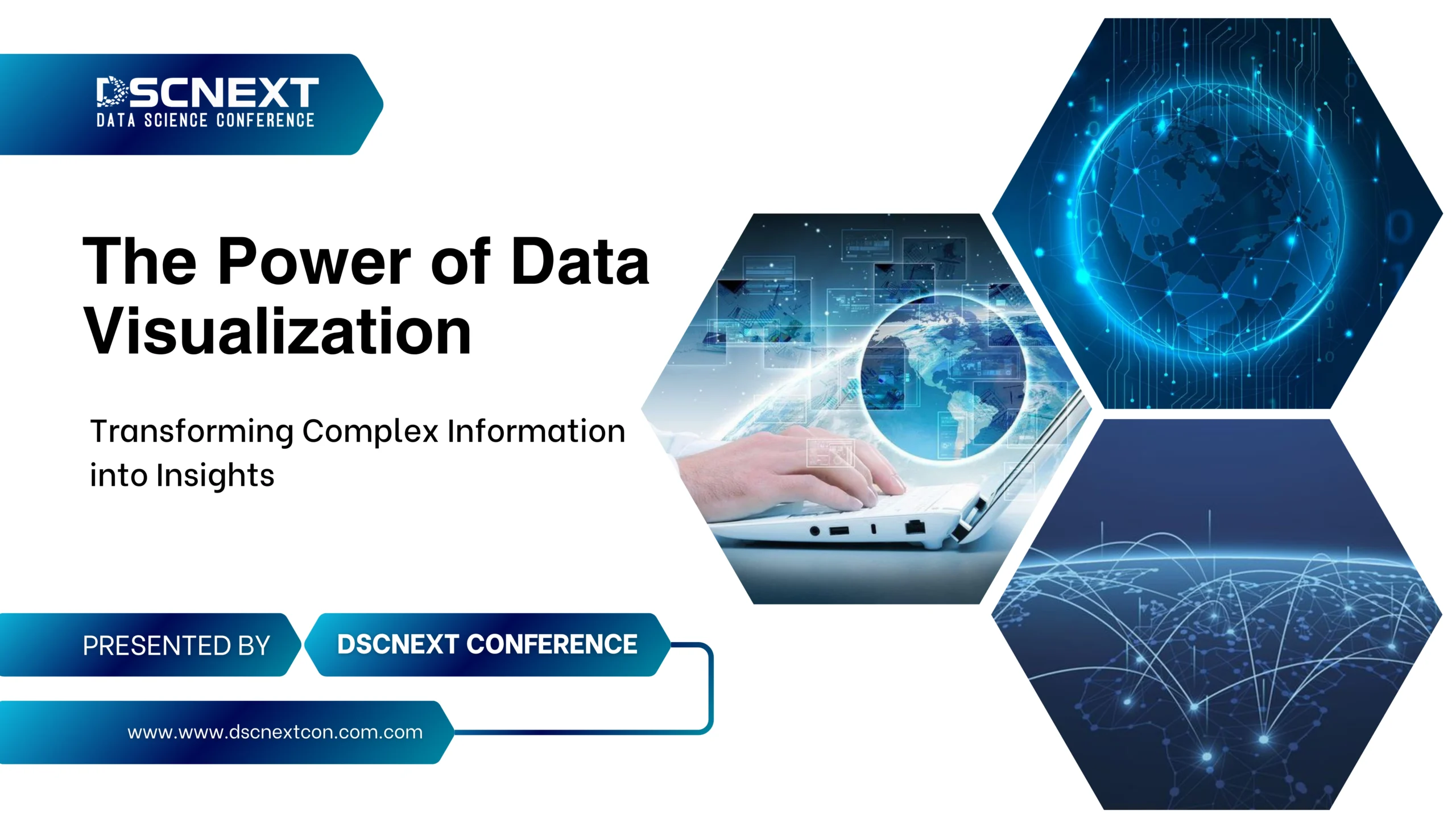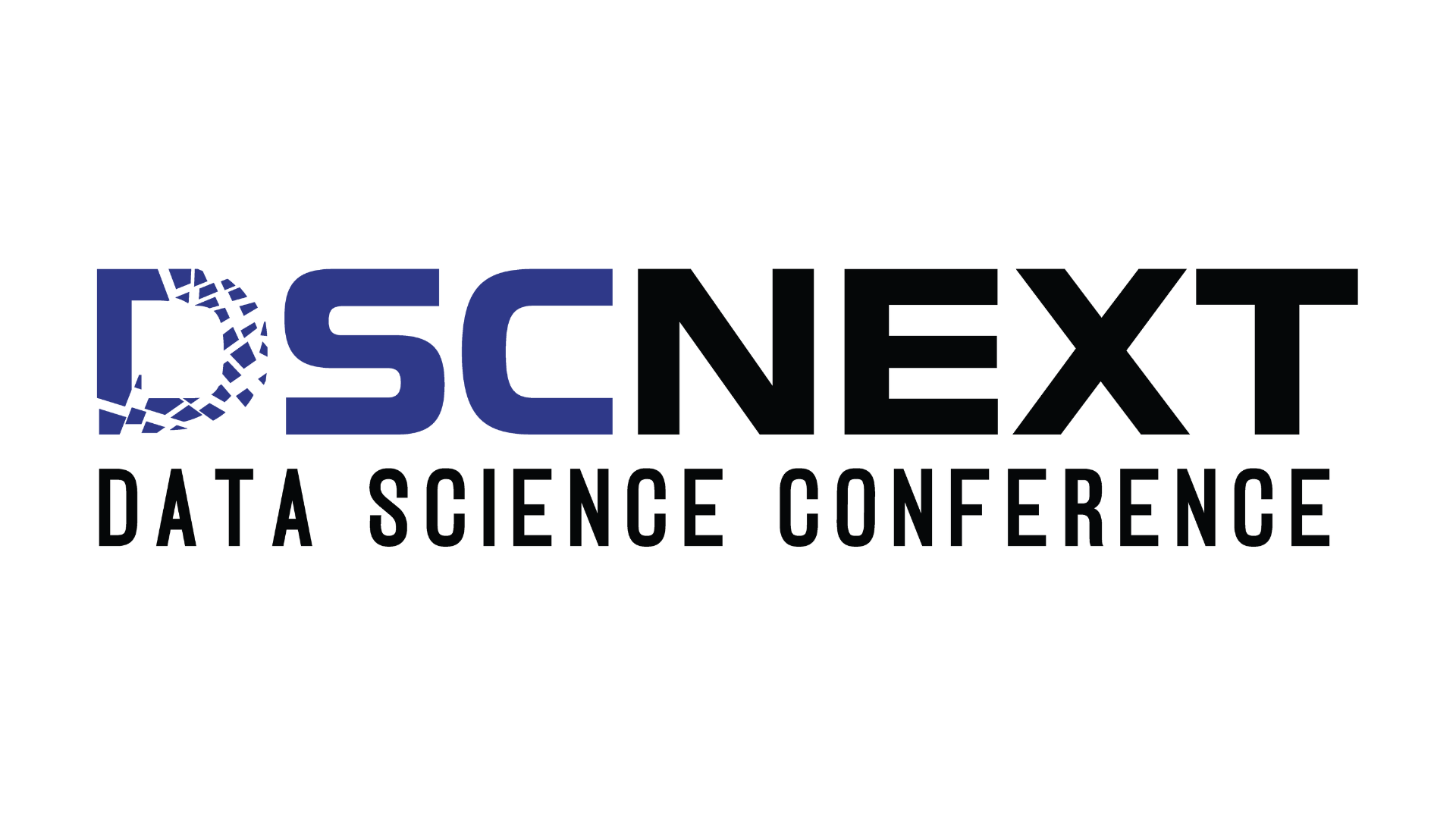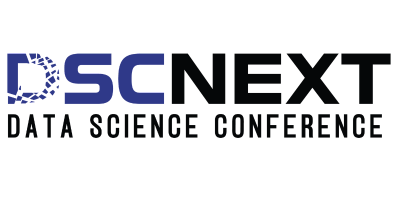
Introduction
In today’s world, data is produced faster than ever before. But raw numbers and complex datasets can be hard to understand. Data visualization bridges this gap by converting intricate information into graphical formats that are easier to understand. From business analytics to scientific research, effective visualization helps uncover trends, identify patterns, and drive informed decision-making.
Understanding the Importance of Data Visualization
The primary purpose of data visualization is to make sense of vast amounts of information in a clear and intuitive manner. A well-crafted visual representation simplifies complexity, allowing audiences to grasp key insights at a glance.
It enables professionals to identify trends, detect anomalies, and communicate findings effectively. Decision-makers rely on dashboards and charts to monitor real-time performance, while researchers use visual tools to interpret experimental results. By turning numbers into visuals, organizations can extract value from data more efficiently.
Real-World Example: How Data Visualization Revolutionized Healthcare Decision-Making
One of the most powerful examples of data visualization in action comes from the healthcare industry. During the COVID-19 pandemic, data visualizations were used globally to track the spread of the virus, manage resources, and communicate critical information to the public.
The Johns Hopkins University COVID-19 Dashboard became a trusted source for up-to-date statistics, showing global infection rates, deaths, and recoveries. The dashboard used interactive maps, bar charts, and line graphs, allowing users to explore the data at different levels—whether globally, by country, or by state.
This data visualization not only provided critical insights to healthcare professionals and government officials but also empowered the public to stay informed. By presenting the data in an easily digestible format, people could see trends in real-time, understand where hotspots were emerging, and take necessary precautions.
In addition to public-facing dashboards, healthcare organizations utilized data visualization to manage internal operations. Hospitals used dashboards to track patient numbers, bed availability, and ventilator usage. This visualization helped healthcare providers optimize resources and ensure they were able to respond effectively to surges in cases.
Case Study: Retail and Financial Sectors
In the retail industry, companies like Walmart use data visualizations to track customer purchasing behaviour, enabling them to adjust inventory in real-time and optimize sales strategies. By visualizing data trends, they can predict demand, plan better product placements, and improve customer satisfaction.
Similarly, in the financial sector, organizations leverage advanced visualizations to track stock performance and market movements. Real-time dashboards provide financial analysts with the tools to make swift decisions based on live data, ensuring quicker responses to market changes.
Types and Applications of Data Visualization
Different types of data call for different visualization techniques. Bar and column charts are commonly used to compare values across categories, while line graphs track trends over time. Pie charts illustrate proportions, making them useful for percentage-based comparisons. Heatmaps highlight variations across datasets using color intensity, while scatter plots reveal correlations between variables.
Infographics, which combine multiple visual elements, present data as a compelling narrative. These methods are widely applied in finance, healthcare, marketing, and various other industries, helping professionals draw meaningful conclusions from data-driven insights.
Best Practices for Effective Data Visualization
The effectiveness of data visualization depends on clarity, accuracy, and usability. Choosing the right chart type ensures that the data is presented in the most meaningful way. Simplicity is key—overly complex visuals can obscure the message rather than clarify it.
Thoughtful use of colors enhances readability, while clear labels, legends, and titles provide context. Above all, integrity in representation is crucial; misleading visualizations can distort information and lead to incorrect conclusions.
Growth of the Data Visualization Market
The data visualization market is experiencing significant growth, driven by increasing data volumes and the rising demand for real-time analytics. This expansion reflects the growing need for tools that help businesses and organizations make sense of vast amounts of data quickly and effectively.
Market Size and Projections
The global data visualization market was valued at USD 4.2 billion in 2024. It is projected to reach USD 8.2 billion by 2033, with a compound annual growth rate (CAGR) of 7.38% from 2025 to 2033.
Some forecasts predict even higher growth, estimating the market could be worth USD 19.20 billion by 2027, growing at a CAGR of 10.2%.
Key Drivers of Growth
The surge in data generated across sectors like finance, healthcare, and retail has created a pressing need for effective visualization tools. Additionally, advancements in artificial intelligence (AI) and machine learning (ML) are enhancing the capabilities of data visualization tools, making them more accessible and user-friendly. Finally, industries such as retail, logistics, and healthcare are increasingly adopting these tools to enhance decision-making, track performance, and optimize processes.
Future Outlook
The data visualization market is expected to keep expanding, with some forecasts suggesting it could reach USD 22.12 billion by 2030, growing at a CAGR of approximately 11.4%.
The Asia Pacific region is predicted to register the highest growth rate due to the growing demand for data analytics in emerging economies such as India and China.
This robust growth trajectory highlights the crucial role of data visualization in modern business strategies, as organizations continue to leverage data for a competitive advantage.
Conclusion
Data visualization is an essential tool in the modern world, transforming raw numbers into meaningful insights. Whether used for business intelligence, scientific discovery, or public communication, well-designed visuals enhance understanding and support informed decision-making. As technology continues to evolve, the role of data visualization will only grow in importance, shaping the way we interpret and interact with information.
DSCNext 2025: Shaping the Future of Data Visualization
Data visualization is becoming increasingly important as industries look for better ways to interpret and communicate data. One of the notable upcoming events focused on this field is DSCNext 2025, a key conference for professionals and organizations involved in data science and visualization.
This event will bring together experts to explore the latest trends, tools, and techniques in data visualization, along with discussions on how these innovations can drive decision-making, improve business processes, and contribute to various industries. As the demand for effective data presentation grows, DSCNext 2025 promises to showcase the cutting-edge developments that are shaping the future of data visualization.


